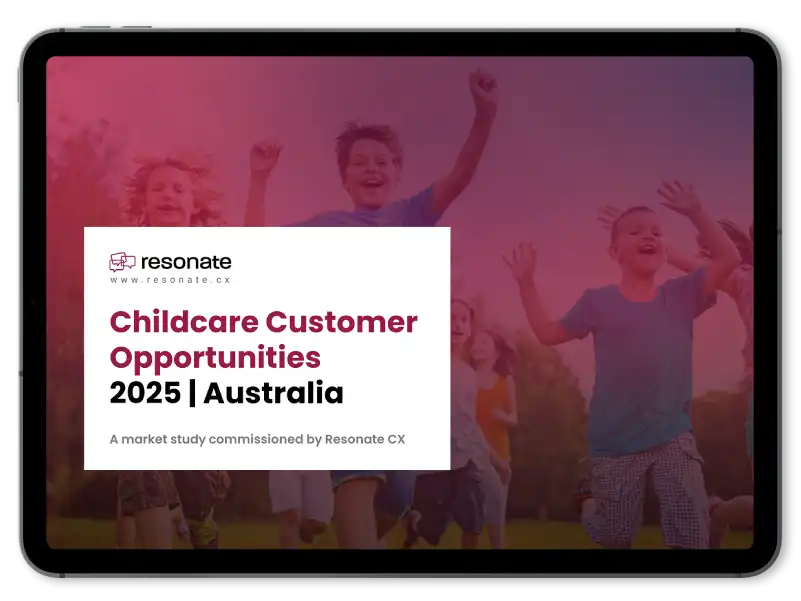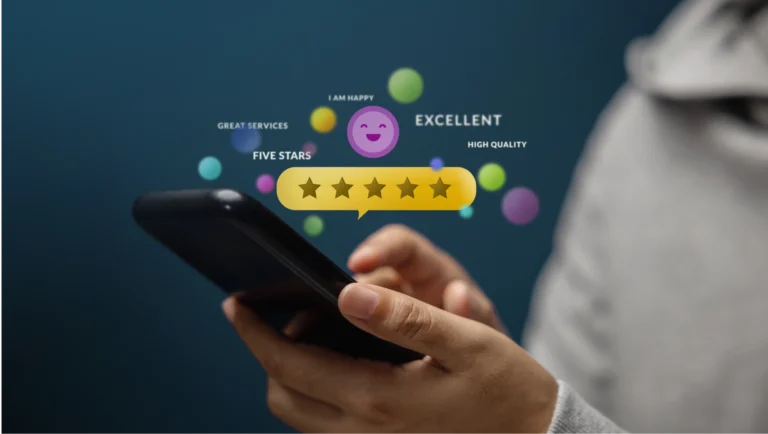Big Data, Data-Driven Decisions, Artificial Intelligence. These new terms have started to come into business discussions and more people are talking about “Data” with the domain becoming more layered and sophisticated by the day. Some tend to believe that “more data is better”, thus their main focus is to collect as much data as they can. However, before diving into the world of “getting more data”, I’d like you to pause for 30 seconds and think about the following fundamental questions:
- What kind of data may be beneficial for the business?
- What customer data do we already have?
- What value are we extracting from the data currently?
- Can we turn any of this data into insights that can be actioned?
- How can we avoid being bombarded by too much data?
These questions are not as easy to answer, because in answering these we are not focusing on “how to get data”, but asking a more fundamental question on the why. “Why do we need this data in the first place?” This question forces us to go back to the basics and re-think the relationship between data, insights, and their potential relationship to our core business objectives. Now, you may want to ask: “Is it true that more data can bring more insights?”
I am going to share with you 4-steps to help turn your data into Insights. We are going to focus on the true value of data, not the volume.
Step 1. Be Wise About the Data You Collect
The first point is obvious but difficult to get right. We need to know what data to collect before starting the collection. This is to ensure a strong ROI as data collection and collation has a cost attached to it.
The answer may vary from different business models and industries. As a developer, I know that technologies are only tools to get the goals done. They will not tell you about the right way to achieve it. Only humans can think of real-life business cases and define the data to be collected based on needs.
For example, there may be no use for an education services provider to ask parents questions about last weekend’s casual cricket game experience, as this is not core business and not much action will come out of it. Or your banking partner asking you about you’re your childcare needs when there is no direct use of that data.
Tip 1: Consult experts to get the questions right
Find a data and insights partner that is experienced in helping clients get insights from data, you can leverage their experience which allow few mistakes and a faster time to insights.
Step 2. Define Measures and Dimensions
While more data is flowing into your system, the challenge becomes: “How are we going to analyse it and get insights?” Here I would like to introduce two important concepts in data analytics and business intelligence, namely measures and dimensions. Let us take a close look at these terms.
Imagine there is an excel sheet with 100 rows, representing 100 employees. They can contain name, age, salary, nationality, department on each employee.
Here, measures can be a count of employees, used to answer questions like:
- How many employees are Australians? How many employees are older than 45 years old?
Measures can also be an average value, used to answer questions like:
- What is the average salary of Australian employees in the IT department? What is the average age of employees in the HR department?
You may have already inferred that measures can also be Min, Max. Measures are aggregated values that can bring high-level business insights when analysing the dataset.
Next, dimensions. Dimensions are used to slice the dataset in certain ways. For example, in our 100 rows dataset, if you want to know the number of employees in each department, the department becomes a dimension. After making the department a dimension of your dataset, you can easily get a count (measure) for each department.
Tip 2: Measures and dimensions should be chosen wisely and used to serve the purpose of analysing your dataset in a meaningful and ongoing way, setting up an analysis model that can be used again and again.
Step 3. Make Use of Data Visualisation Tools
Do you prefer to read a report with indented numbers and spreadsheets, or one with colourful charts, tables to emphasise the crucial parts? Human brains tend to deal with images and charts better than processing pure numbers, and that is why “data visualisation“ becomes a necessary component for “data analytics”. More importantly, data visualisation is an excellent tool to demonstrate trends and give you a direct impression of the measures you want to monitor.
Tip 3: Different visuals serve different purposes of displaying the dataset. Always consult a data expert before creating your dashboard to avoid getting misleading “Insights”.
With the flexibility of Resonate data visualisation feature, we can tailor your dashboard with the visuals that suit your business needs, customize it with measures and dimensions that are meaningful to your business success.
Step 4. Take Action and Track Changes
Getting your business insights from data visualisation and other useful tools is not the final goal. Remember that from the beginning we are focusing on extracting value from the data. So, what is the next step?
The answer is simple. Action on the insights, and keep your competitive advantage helping the business to grow.
If we take a look at CX surveys, the key to success is to understand your strength and weaknesses from the data. Getting an NPS (Net Promoter Score) 75 is great, but to understand why you got this score is far more beneficial to your business. Vice versa, getting a low NPS is frustrating, but trying to understand your angry customers and act on the things they do not like may turn an angry customer into a happy one or prevent your business from falling in the same trap.
Tip 4: Introduce actionable changes within your organisation, then keep monitoring the data.
Summary
Let’s get back to answering the fundamental questions we’ve brought up in the beginning:
- What does customer data mean to the business? What kind of data is beneficial to the business?
The right data can help a business to get actionable insights. Based on the business model and processes, the data we collect must be actionable in terms of our business levers. - What value does data bring to the business?
Business Insights helps the business make meaningful changes and stay ahead. - How can data be turned into Insights and actions? How to avoid being bombarded by useless data and focus on true insights?
Defining right measures and dimensions is a great way to get a high-level idea of what is happening in your business. Making use of data visualisation tools, creating your customized dashboard can also be an effective way to get a quick snapshot of the healthiness of business.
Finally, a quick recap of the 4 main steps to turn data into insights:
- Be wise about the data you collect.
- Define measures and dimensions ahead of the collection.
- Make use of data visualisation tools.
- Action on it and track the changes.
Data is the friend of business only when it can be turned into meaningful insights.
Find out how our platform can help you find Customer Insights
Read more:
How to share Customer Experience Insights Internally?








